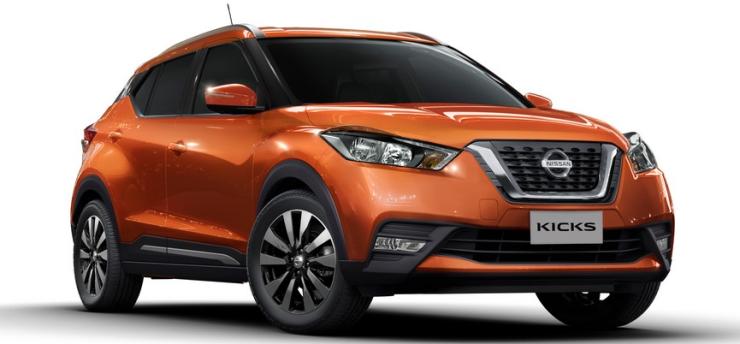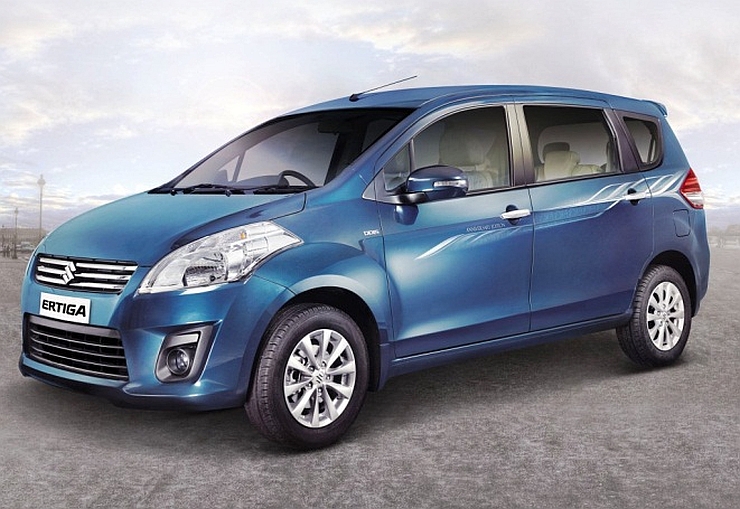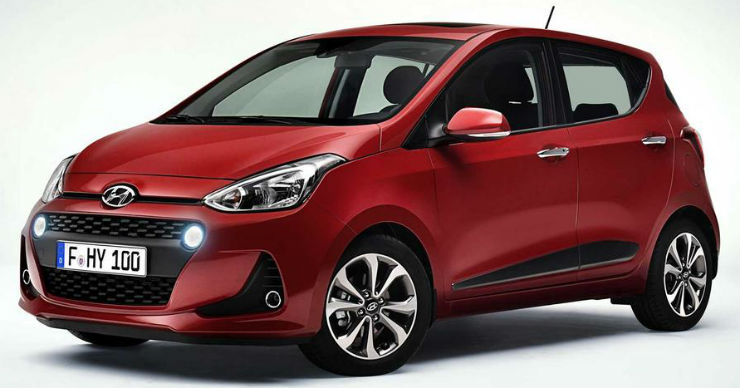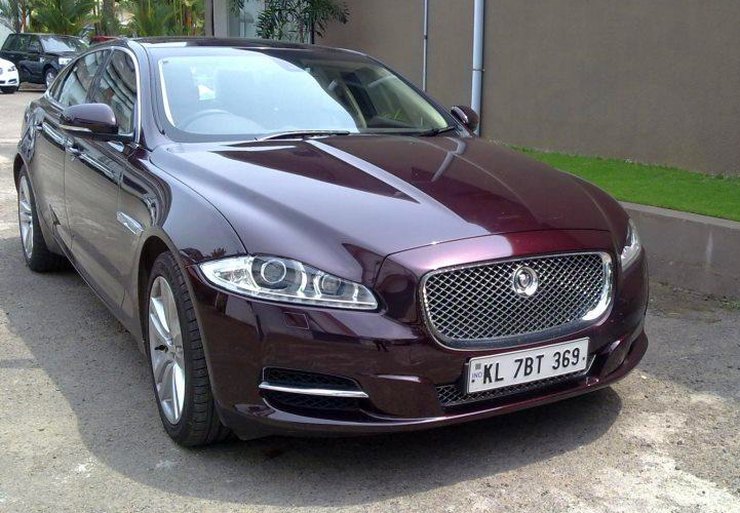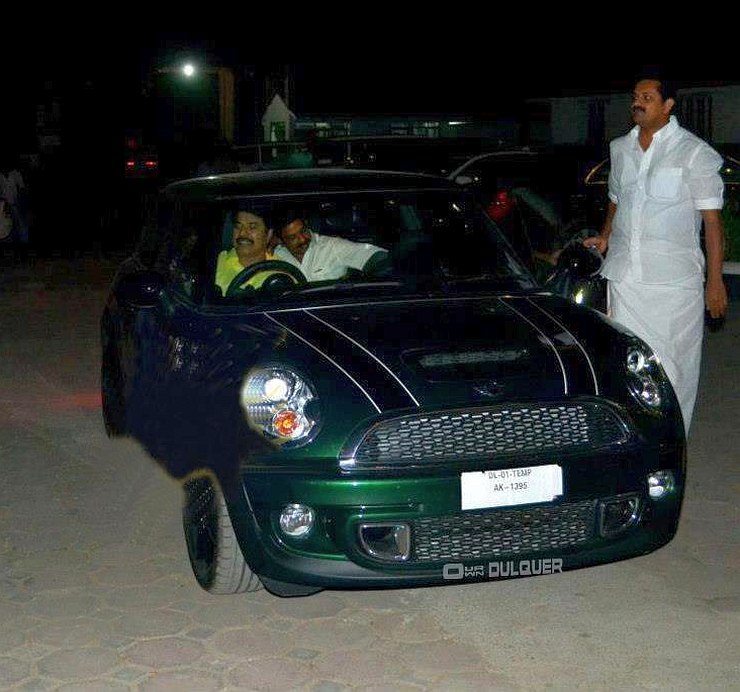SUVs are now one of the hottest selling vehicles in India. People are attracted towards them because of their size and powerful engines. But there are many misconceptions about SUVs, such as the Mahindra Scorpio. Toyota Fortuner and more. Let’s debunk them now.
All big, tall cars are SUVs
![hyundai creta resale value]()
No, not at all. The current trend of labelling any big, tall car as SUV is just a marketing gimmick. SUV clearly and boldly stands for ‘Sports Utility Vehicle’ that have the mandatory 4WD system to do light or heavy off-roading. Cars that have designs inspired from the SUVs but do not have defining features like 4WD are termed as crossovers, no matter how cool they look.
In the Indian market, a large number of SUV-inspired vehicles are passed off as SUVs. This has led to the current confusion in the market and among common people. For example, a car, such as the KUV100 is passed off as an SUV, which is far from the truth. It is just another hatch with an SUV-inspired body design. A true blue SUV, on the other hand, is the Toyota Fortuner.
SUVs can get out of any situation
![]()
This is one of the biggest misconception about SUVs. Yes, SUVs were initially made for that purpose but with changing modern trends, the original meaning of the word has also changed. If you have an SUV, which has an AWD (All Wheel Drive) system, it is unlikely that it will be great at off-roading. This is because though AWD system powers all the wheels, but without features like differential locks and low range transfer case, the vehicle’s capabilities would not be at its peak. There have been many instances of AWD SUVs getting stuck.
A Renault Duster that only comes with an AWD system will fail to reach a testing destination. If the same is done on a Mahindra Scorpio or a Thar that comes with a low-ratio gearbox, the result would be positive. Hard-core SUVs come with low- and high-range transfer cases. Such vehicles do not directly get power from the transmission. Rather, the power first goes to the transfer case and then to the wheels. They are also equipped with differential locks, which is used to lock and synchronize the axles. This means all the wheels spin at the same rate, which is very useful when handling rough terrains and in situations like crawling.
SUVs are slow!
![]()
Gone are the days of bulky cranky SUVs. Modern SUVs may look big and lazy, but they can be lightning fast. New technology-equipped engines along with advanced engineering have made sure that these vehicles are extremely fast and quick. Any good powerful SUV now can be as fast as a hot hatch in a straight line. Some even rival sports cars in acceleration and speed. A few examples of such vehicles that are fast in stock form are Land Rover Range Rover SVR, Bentley Bentayga and Porsche Cayenne Turbo S. The Bentayga can do 0-100 km/h in a jaw-dropping 4 seconds! That is fast, for any car.
You have to spend a lot on fuel
![]()
Again a misconception, this one has been around for a long time now. Older engines were unrefined and the focus was never much on efficiency but rather torque and power output. But modern vehicles do not take a fortune to keep them running. Relating the size of the vehicle with the amount of fuel it will need is a thought practice that needs to end now. The Volvo XC90 T8 is one excellent example of the same. The SUV has a 407 Bhp power output, and yet it returns a maximum fuel efficiency of 57 kmpl. Even conventional powered SUVs, such as the Ford Endeavour come with an ARAI-rated mileage of 14.2 kmpl, which is quite good given the size of the vehicle.
SUVs are difficult to drive
![]()
Tough old guys used to say that if you drive a big brawny SUV, you don’t need to lift weights. Well that might be true for their time but modern day electronics and assists have made it extremely easy to drive and control any car including the SUVs. Again many regard size and weight to the ease-of-driving of an SUV. They think SUVs are tough to drive because of their size and weight.
SUVs have high body roll during cornering because of their high centre of gravity. But many modern-day SUVs drive just like regular cars. Additional assists such as rear camera and parking sensors make it incredibly easy to park the vehicle even at the tightest spots.
SUVs mean diesel fuel
![]()
Many auto lovers refrain from buying SUVs because of a general perception that diesel engines power all the SUVs. It is true that diesel engines lack refinement as compared to their petrol counterparts. However, it is not true that SUVs offer only diesel engines. Many SUVs now offer petrol engines under the hood. Though they are very popular because of their lower fuel efficiency, but they’re still available. The latest Toyota Fortuner is a good example of the same. It comes with a 2.7-litre petrol engine that develops a maximum power of 164 Bhp and 245 Nm of peak torque.
All SUVs are extremely comfortable
![]()
Some may disagree with this but the fact is that many aren’t. That’s because of their high seating position and ground clearance, which translates into a high centre of gravity for the vehicle. Yes, SUVs do absorb a lot of potholes and deliver a comfortable ride, but on curvy roads they can be a pain. Coupled with a softer suspension set-up, the ride can be quite uncomfortable.
The passengers, especially the ones sitting at the rear seats face most of the beating due to the body roll. Ask people who’ve been riding around in first-gen Mahindra Scorpios. Most SUVs are not very comfortable especially on curvy roads. The pick-up truck based Toyota Fortuner has a stiff suspension, which makes the ride uncomfortable for many.
They have a high maintenance cost
![]()
People generally remark that SUVs are high maintenance vehicles and many stay away from them because of the same. Time for a reality check. Actually, SUVs are now very affordable to maintain and run as compared to their earlier versions. Not all SUVs are fuel guzzlers. On the same note, all SUVs won’t devour you hard-earned cash when you take them for service.
One example of the same is the latest Ford Endeavour. Ford claims that regular servicing till 60,000 km costs less than Rs. 50,000 in total including the labour cost and parts. That is cheaper than many lesser-priced sedans and hatchbacks.
Bigger tyres and high seating position are always good things
![]()
Some of the main factors in the SUV segment’s popularity are its high seating posture and big tyres. The butch and throw-it-at-me attitude mainly comes from these attributes. While many may see them as good, in reality, it can be a deadly combination. The problem with the high seating position of an SUV is that the centre of weight of the vehicle is away from the ground making it extremely prone to rollovers. Therefore, it is not recommended to take high speed turns in an SUV.
All SUVs are built ‘tough’
![]()
All that glitters is not gold. Similarly, though all SUVs may look tough and solid that doesn’t necessarily translate into them being strong. SUVs look bulky and muscular due to their size and stance. People generally regard them as safe vehicles that will keep the occupants unhurt in any kind of crash but in reality, that’s not true. One shining example for this irony is the Mahindra Scorpio. It actually scored Zero in the NCAP testing for safety. Also, its body structure was rated ‘unstable’. But hey, it looks quite tough and well-built, doesn’t it.
Also Read: Honda Amaze compact sedan: EVERYONE's buying it!








